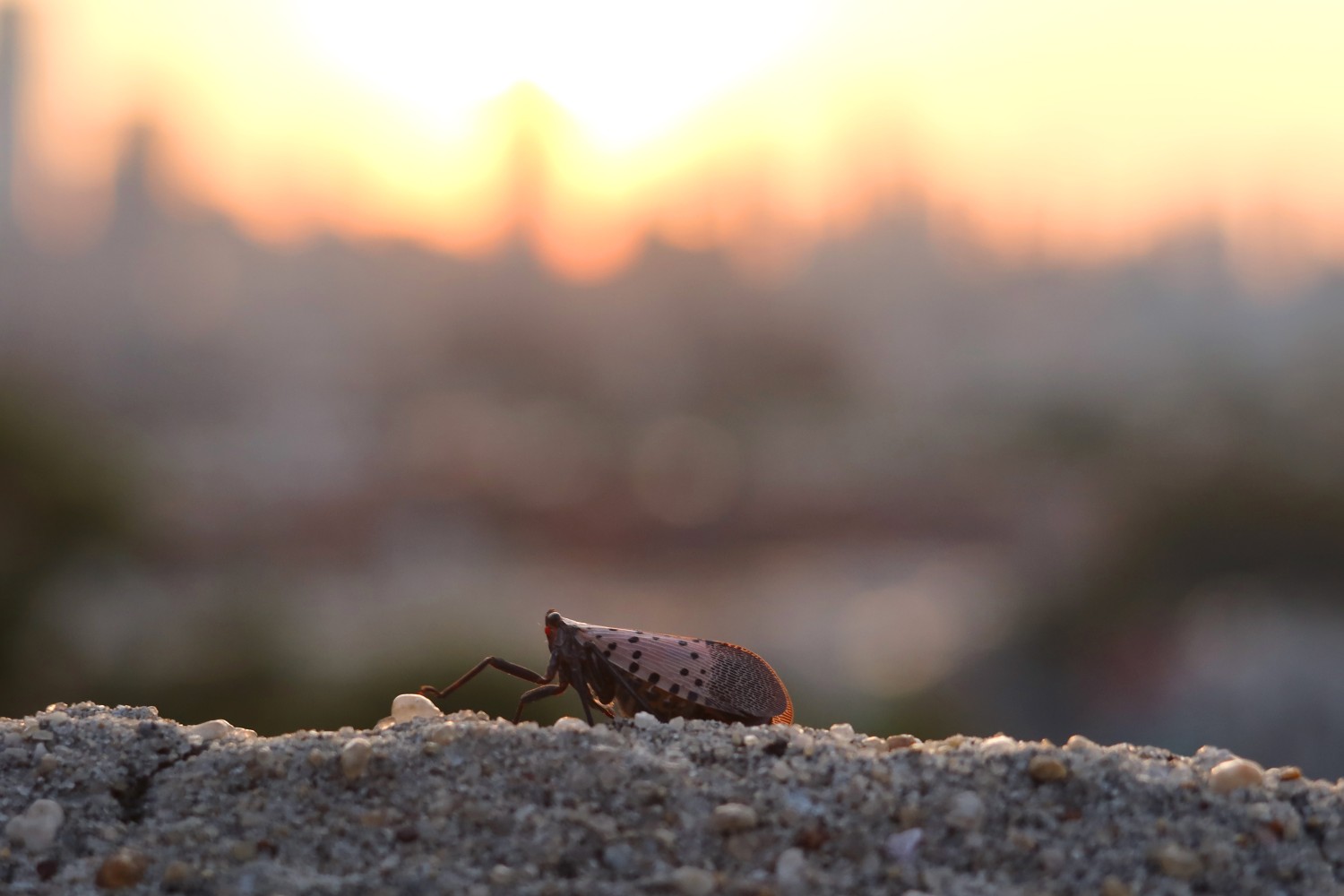Living in the northeastern U.S. has meant a new addition to the local fauna in recent years — the spotted lanternfly. This invasive species poses a threat to the region’s plants, and people have gone viral on social media for hunting and killing the bugs in question. It’s also worth noting here that spotted lanternflies arrived on the scene earlier in 2023 than they did in 2022 — which might leave you wondering what to expect as this year’s weather gets warmer.
Thankfully, one enterprising New Jersey student has been thinking about this very question — and is using AI in an unexpected way to address the dangers posed by spotted lanternflies. As Catherine Duncan writes at Smithsonian Magazine, New Jersey’s Selina Zhang used an intriguing combination of technologies to target the bugs in question while leaving other animals unscathed.
The result of her work is something called ArTreeficial, which Zhang told Smithsonian was “a supersized mousetrap for combating the invasive spotted lanternfly.” Her design involves a structure designed to evoke a plant that the spotted lanternfly is known to target, along with a dual net-based system that shocks the bugs and an AI database that zeroes in on spotted lanternfly appearance and behavior.
Spotted Lanternflies Now Have Their Own Influencer
Specifically, influencing people on how to catch themIn comments made last year as part of XYZ Media’s Next Generation of Innovators series, Zhang pointed to the next steps for ArTreeficial. “Looking ahead, I am excited to refine ArTreeficial and expand it as part of a larger IoT system for environmental monitoring, hoping to further integrate AI technologies responsibly with environmental stewardship,” she said.
Smithsonian Magazine‘s reporting also noted that Zhang is looking into ways to lower the costs of building these devices — as well as seeking to make them more effective. It’s encouraging news for plants — and appropriately enough, it comes from the Garden State.
This article was featured in the InsideHook newsletter. Sign up now.
